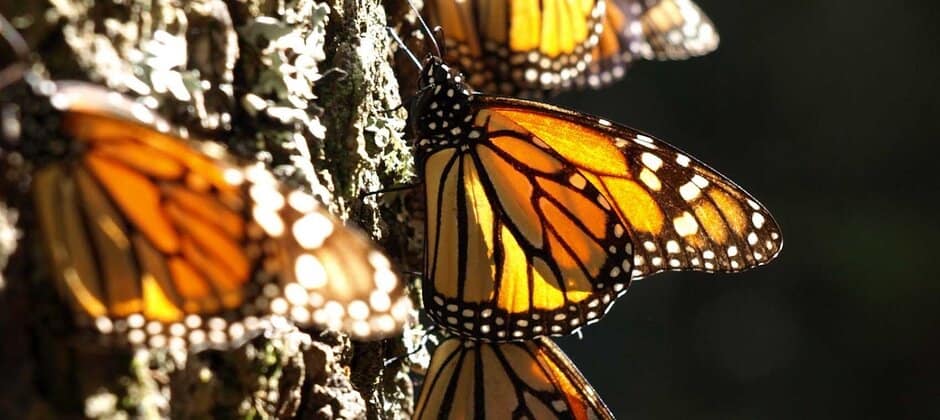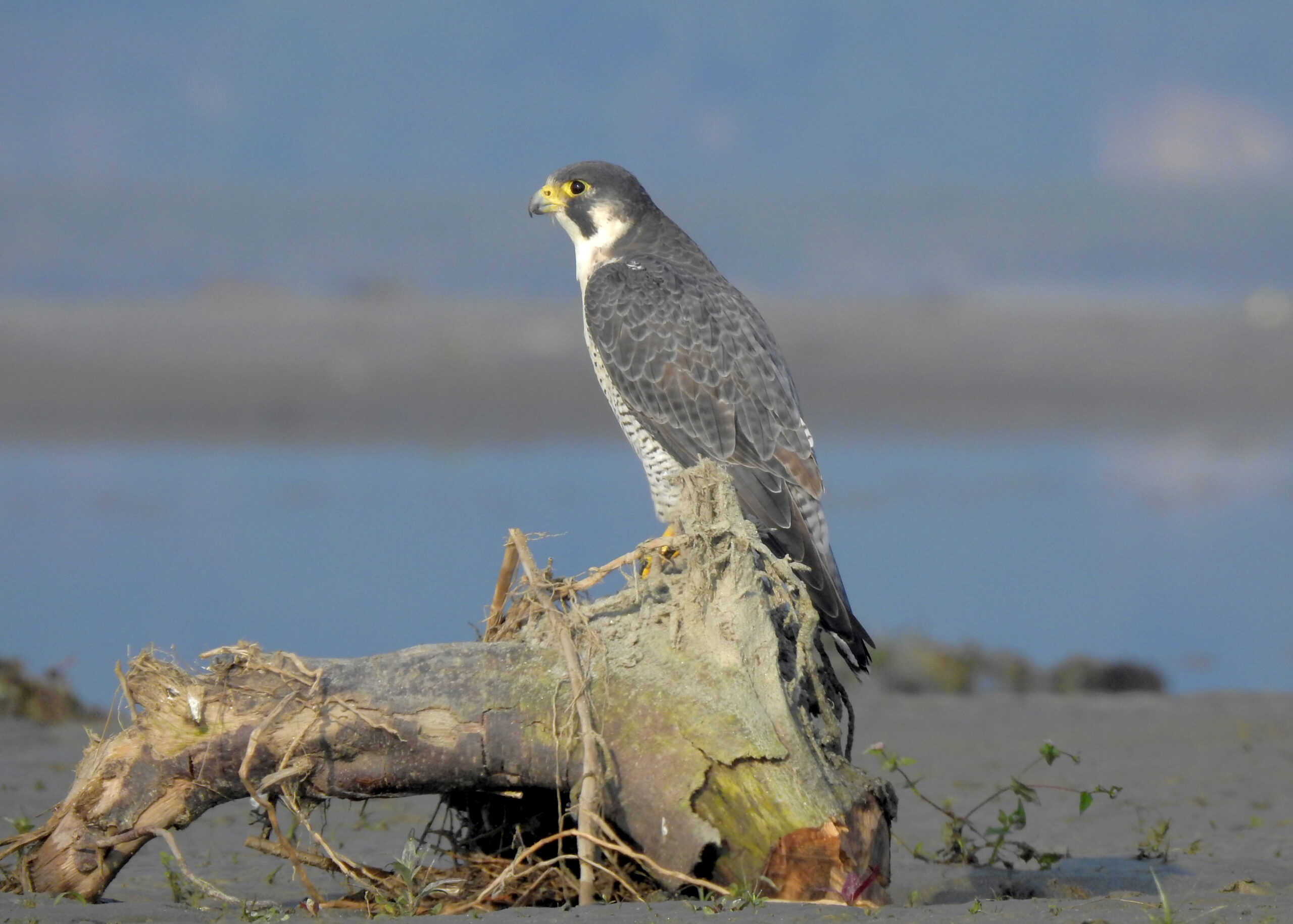Share this article
Deadly parasite has increased in monarchs
A parasite that kills monarch butterflies is increasing in prevalence, possibly contributing to population declines.
Ophryocystis elektroscirrha, or O.E. for short, gets into the gut of monarch (Danaus plexippus) caterpillars. The protozoan parasite can stop butterflies from moving past the pupal stage. If they do emerge, butterflies with the parasitic infection may have shortened lifespans. Those that don’t die may have a harder time making long migrations.
The parasite has been around for a very long time, but back in 1968 it impacted less than 1% of the eastern monarch population. “For a long time, we’ve known that O.E. is around in monarchs,” said Ania Majewska, a postdoctoral fellow with Emory University in the biology department.
Majewska wondered if the infection rate of this parasite has changed over time. If so, she thought, could it be another factor in monarch butterflies’ declines in their overwintering sites?
To conduct the research published in the Journal of Animal Ecology, Majewska and her colleagues at Emory University as well as the University of Georgia gathered data from their previous research projects and scanned the literature for information on these parasitic infections. The earliest estimate of the number of infected butterflies came from monarch collected in the 60s by Lincoln Brower, one of the biggest monarch conservation scientists.
After reviewing the data, the team saw that O.E. remained low until the early 2000s, when there was high increase. From the 60s until the 2000s, there was a three-fold increase in its prevalence. In the western part of the U.S. the parasite was consistently higher for all years, but somewhat decreased in recent years.
To understand what was leading to the trends in infection rates, the team created a model incorporating information on monarch counts, temperature, greenness and other variables. They determined transmission was connected to higher monarch densities.
But what was causing more densities of butterflies to gather together? The researchers point to a few possibilities. For example, monarch habitat has been declining for decades, but people were also starting to plant milkweed in private properties. However, many were planting nonnative milkweed, which have higher levels of cardenolides—chemicals that make the caterpillars toxic to predators. The team thinks these plants may attract the monarchs, causing them to concentrate in higher numbers than usual in these places to lay eggs.
Another possibility is as monarch decline became better known in society, more people may raise them at home. In this environment, just one infected butterfly might more easily spread to the others.
Majewska said to help conserve the monarchs, people should instead focus on preserving natural areas where milkweed is found. She also recommended avoiding the mass-rearing of monarchs for things like wedding releases to avoid high infection rates.
“We have a signal that infection has gone up,” she said, adding that monitoring is going to be key to analyze potential impacts moving forward.
Non-scientists can help too, taking part in community science program monitoring for the parasite.
“There are things we can do to continue to gather information and data about the species,” she said.
Header Image: Monarch butterflies cluster in a tree at an overwintering site in Mexico. Researchers think a parasite may be complicating their migrations. Credit: Jaap de Roode








